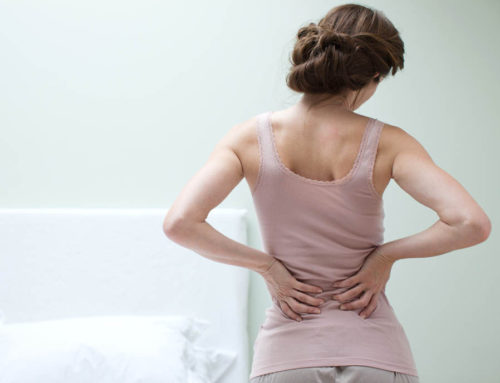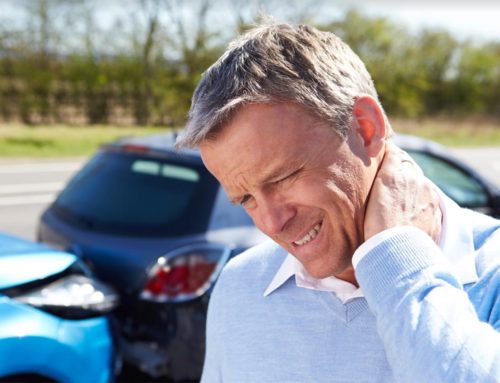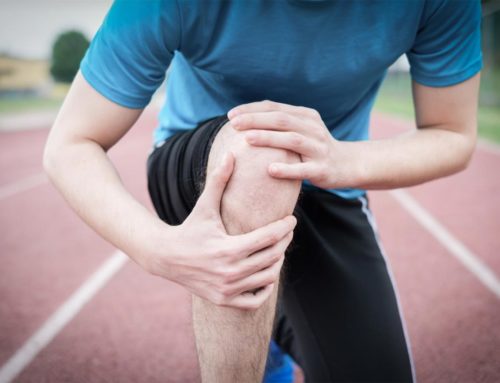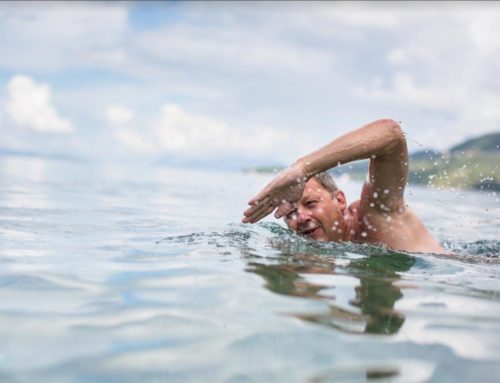 The two temporo-mandibular joints (TMJ) connect the lower jaw to the skull, and are responsible for the movements of the jaw and the opening and closing of the mouth. These are the most used joints in the entire body and they affect our ability to talk, chew, and swallow. The TMJ is a life sustaining joint with unique anatomical elements and unique biomechanical/functional features.
The two temporo-mandibular joints (TMJ) connect the lower jaw to the skull, and are responsible for the movements of the jaw and the opening and closing of the mouth. These are the most used joints in the entire body and they affect our ability to talk, chew, and swallow. The TMJ is a life sustaining joint with unique anatomical elements and unique biomechanical/functional features.
Temporo-Mandibular Disorder or Dysfunction (TMD) frequently occurs when the lower jaw is not in its proper position relative to the upper jaw and head. This can result in displacement of the joint protective disc, causing “clicking” with joint movement, and abnormal tissue tension restricting or altering joint mobility. TMD can lead to pain and headaches, muscle spasms, and eventually to joint damage.
The common perpetuating factors to TMD can be identified and addressed in therapy to best resolve the various symptoms of TMD.
Common causes of TMD are:
- teeth clenching or grinding habits
- dental bite abnormality and/or missing teeth
- trauma to head and neck i.e. whiplash and soft tissue strain injury
- poor posture i.e. forward head posture, rounded back and/or shoulders
- stress, as an aggravating factor
The symptoms of TMD include:
- tired jaws, pain with chewing
- headaches, neck pain or stiffness
- clicking or grinding sounds as the mouth opens and closes
- limited jaw opening or locking
- earache, congestion, ringing in the ears
- dizziness
- difficulty swallowing
- facial pain or pain behind the eyes
- neck and back pain
Our approach to TMJ treatment has proven effective in hundreds of cases over many years. It is based on a thorough assessment and evaluation, leading to a non-invasive, personalized treatment protocol. When a dual-disciplinary approach requires physiotherapy and dentistry, the collaborative work assures dental occlusion and proper musculo-skeletal alignment to be achieved in tandem. The dental specialist may recommend a dental orthotic splint (mouth guard), as our patients are treated with manual physiotherapy, neuro-muscular and various corrective techniques. Stress reduction and management is often included for patients to acquire “self-help-strategies” and also help control clenching/grinding habits.





